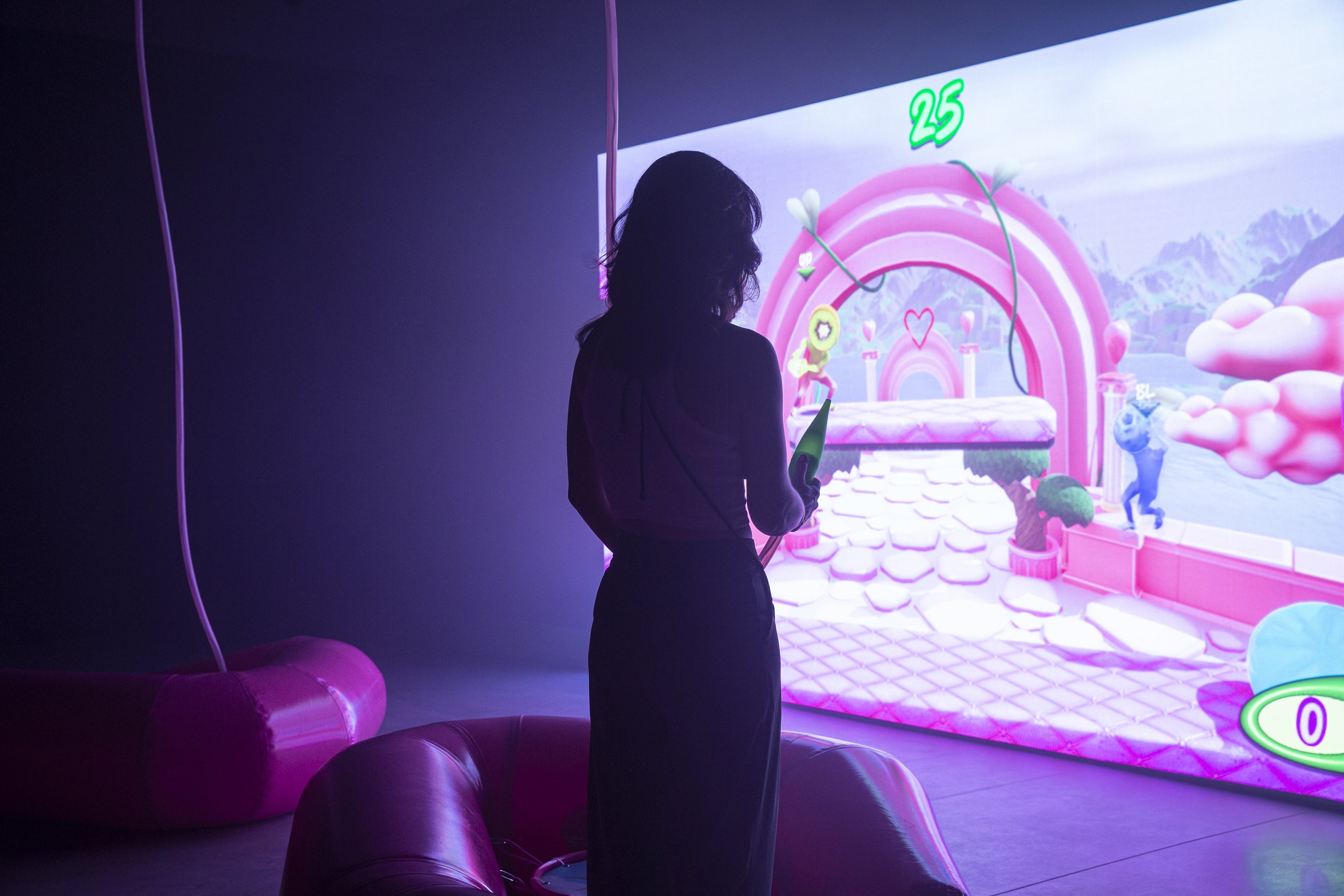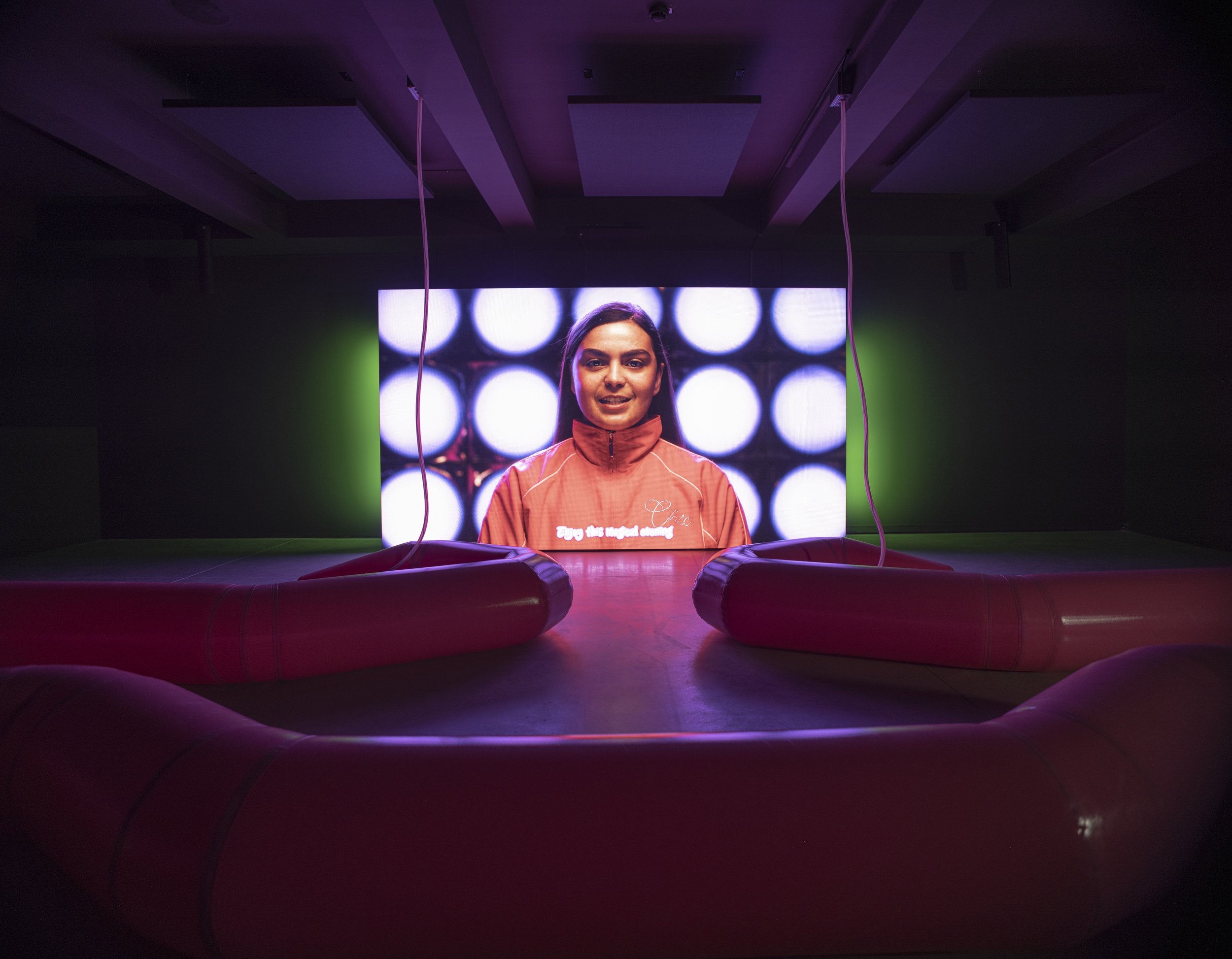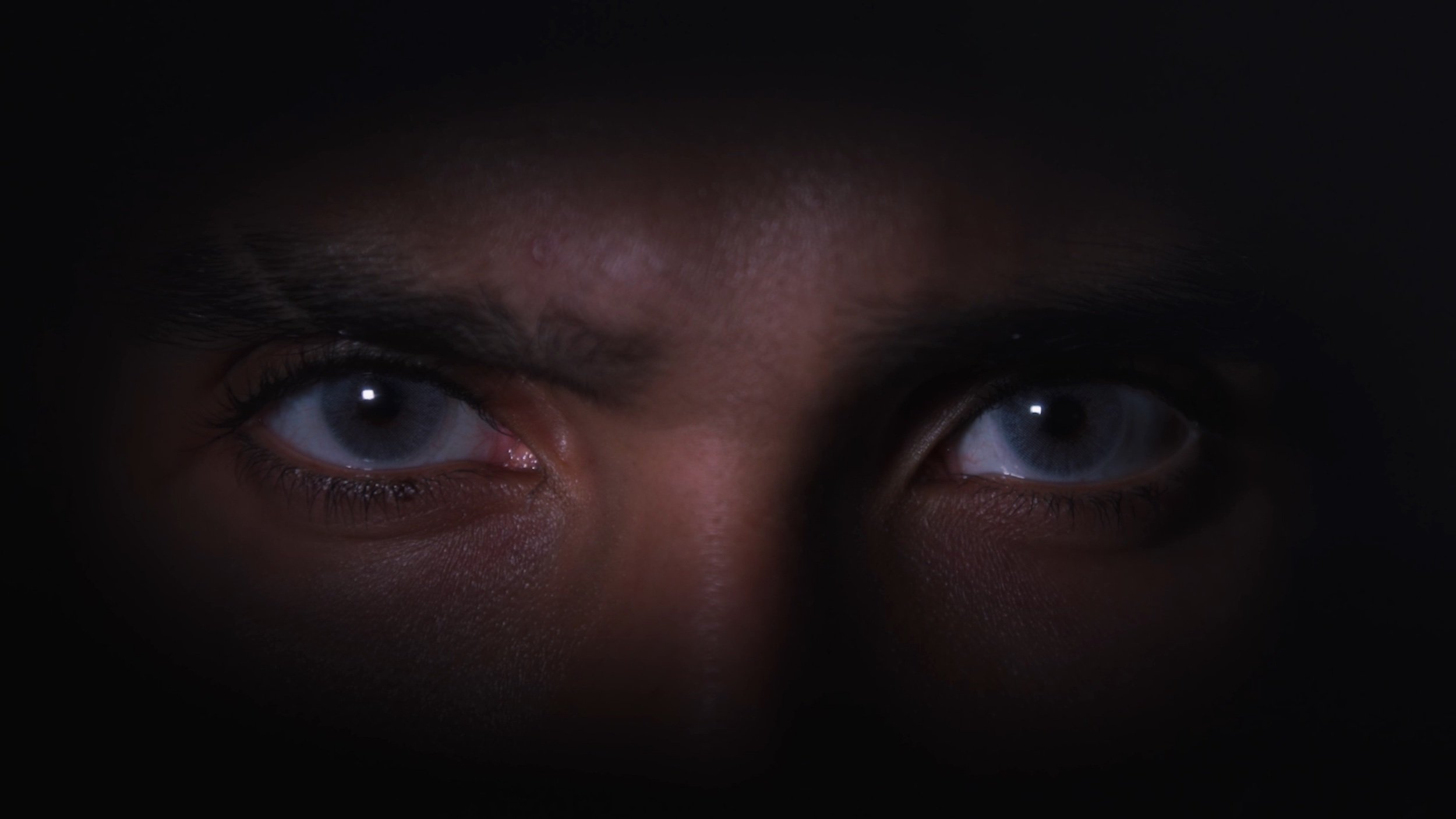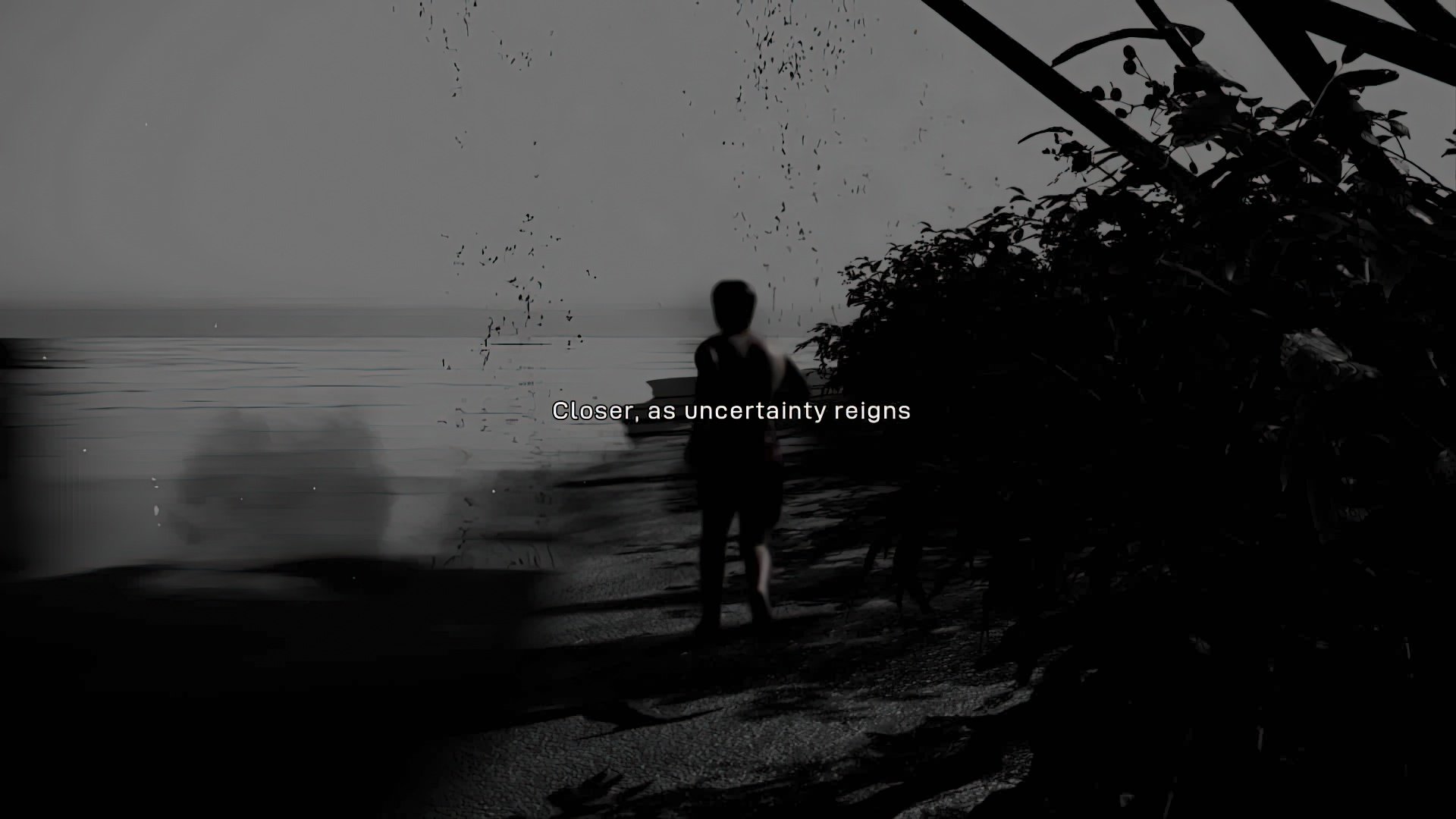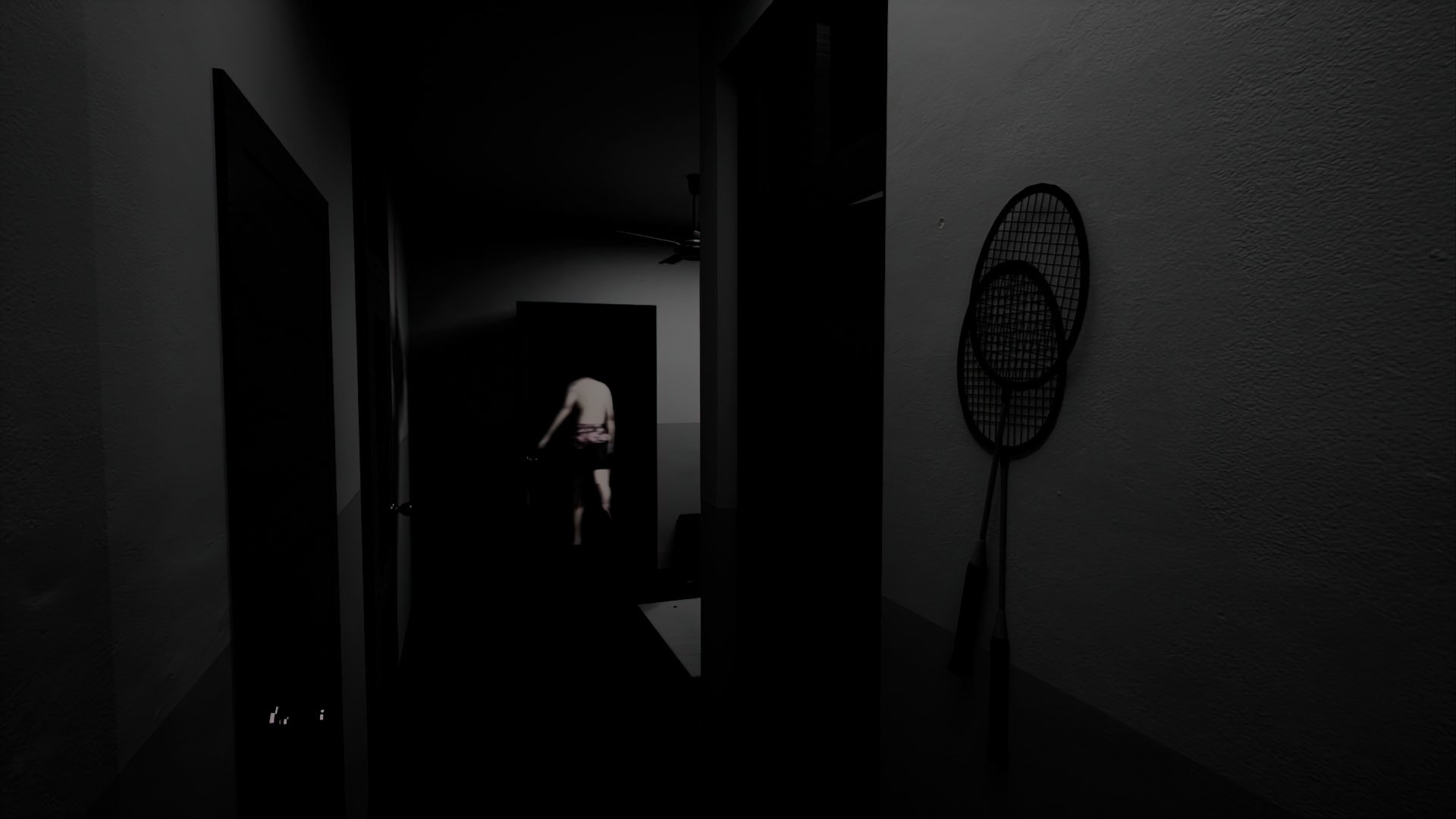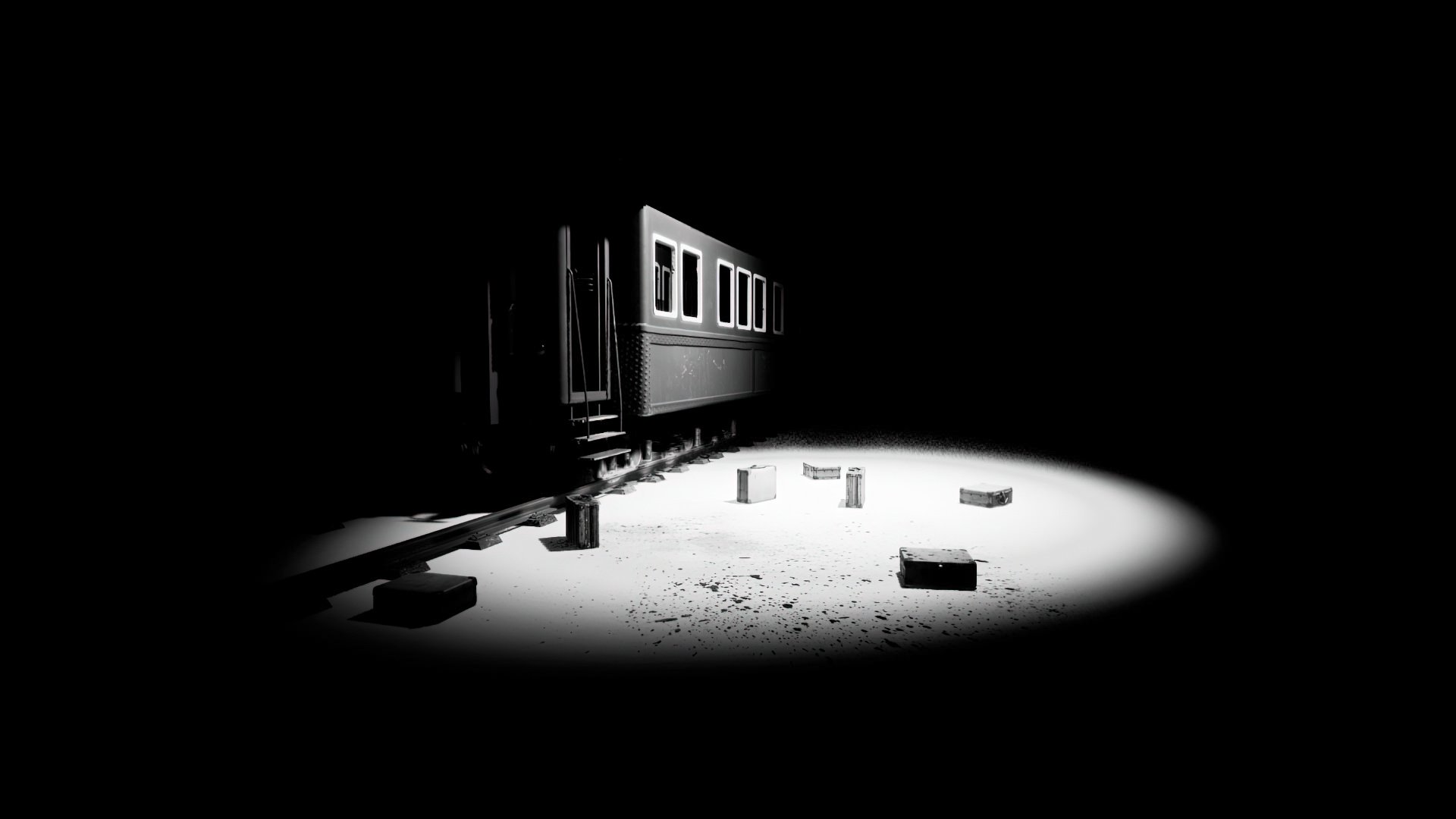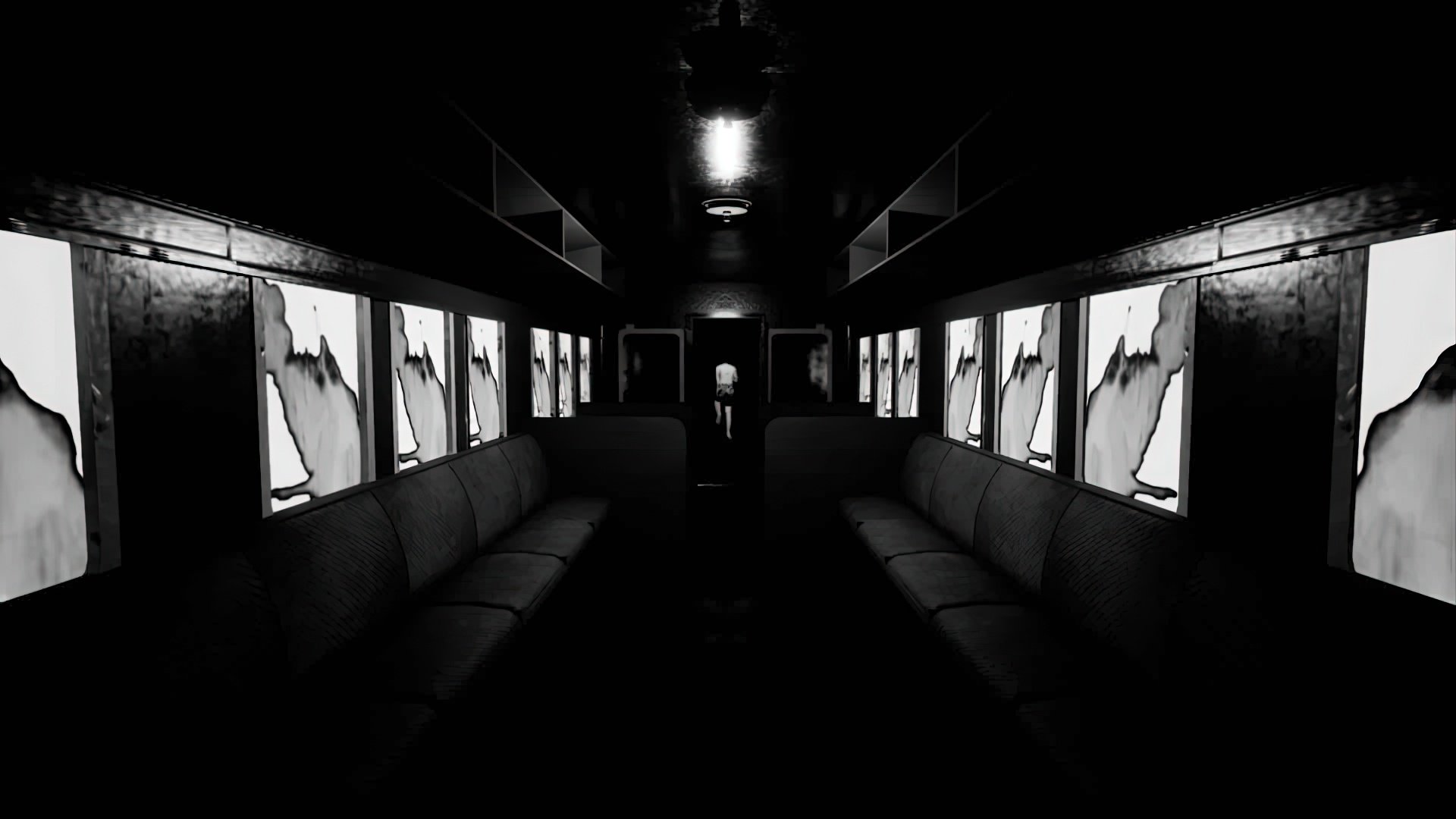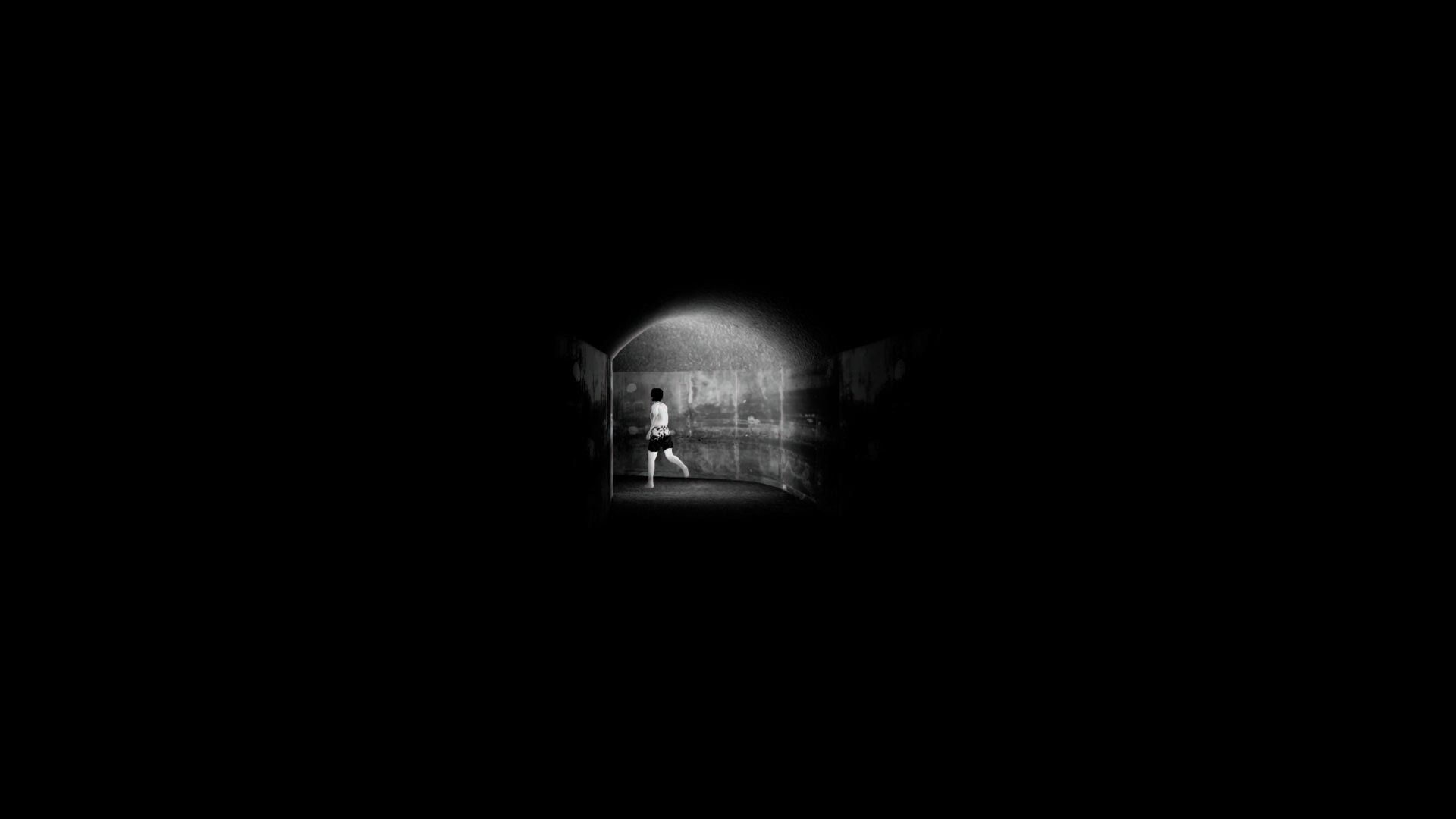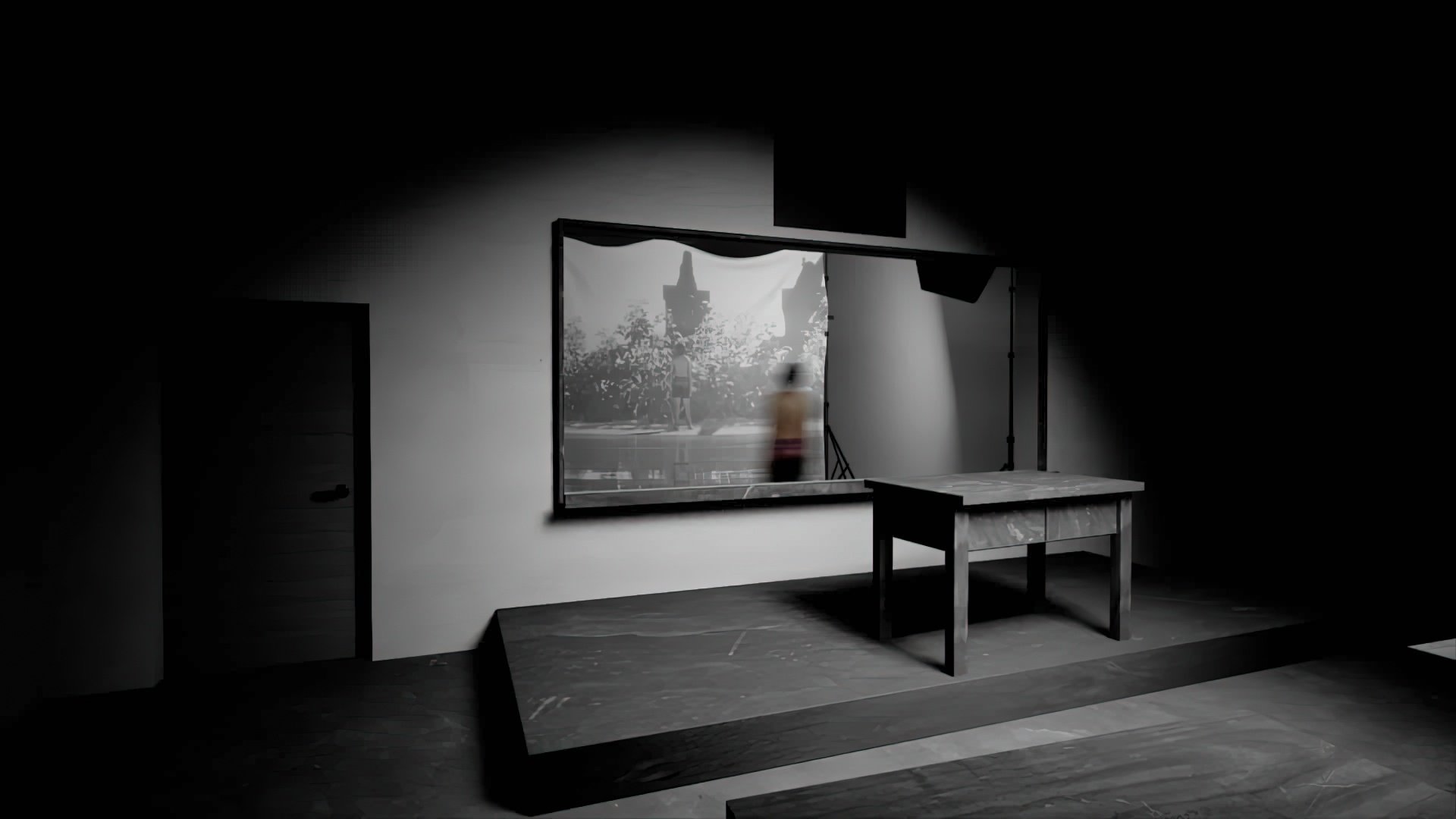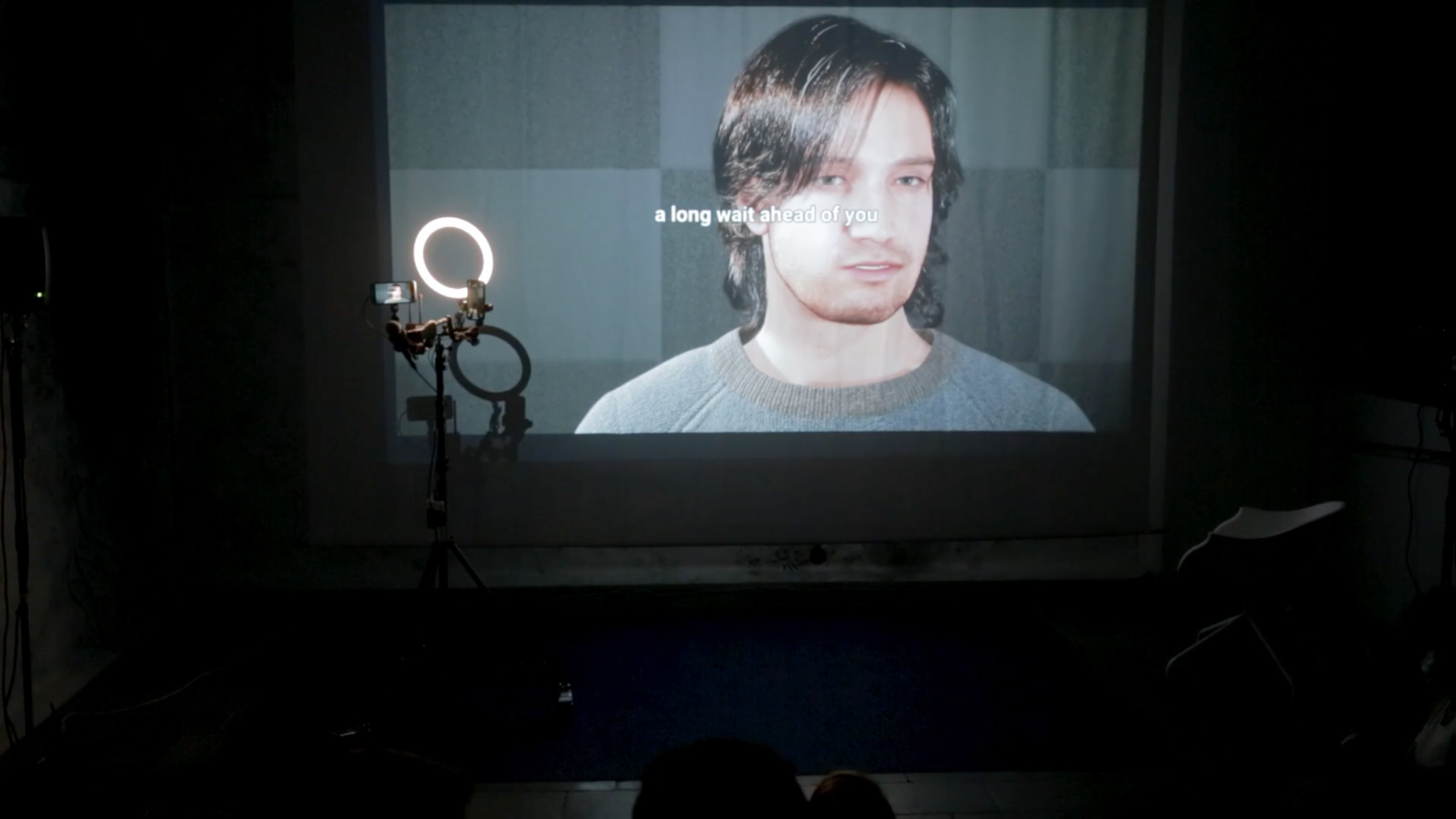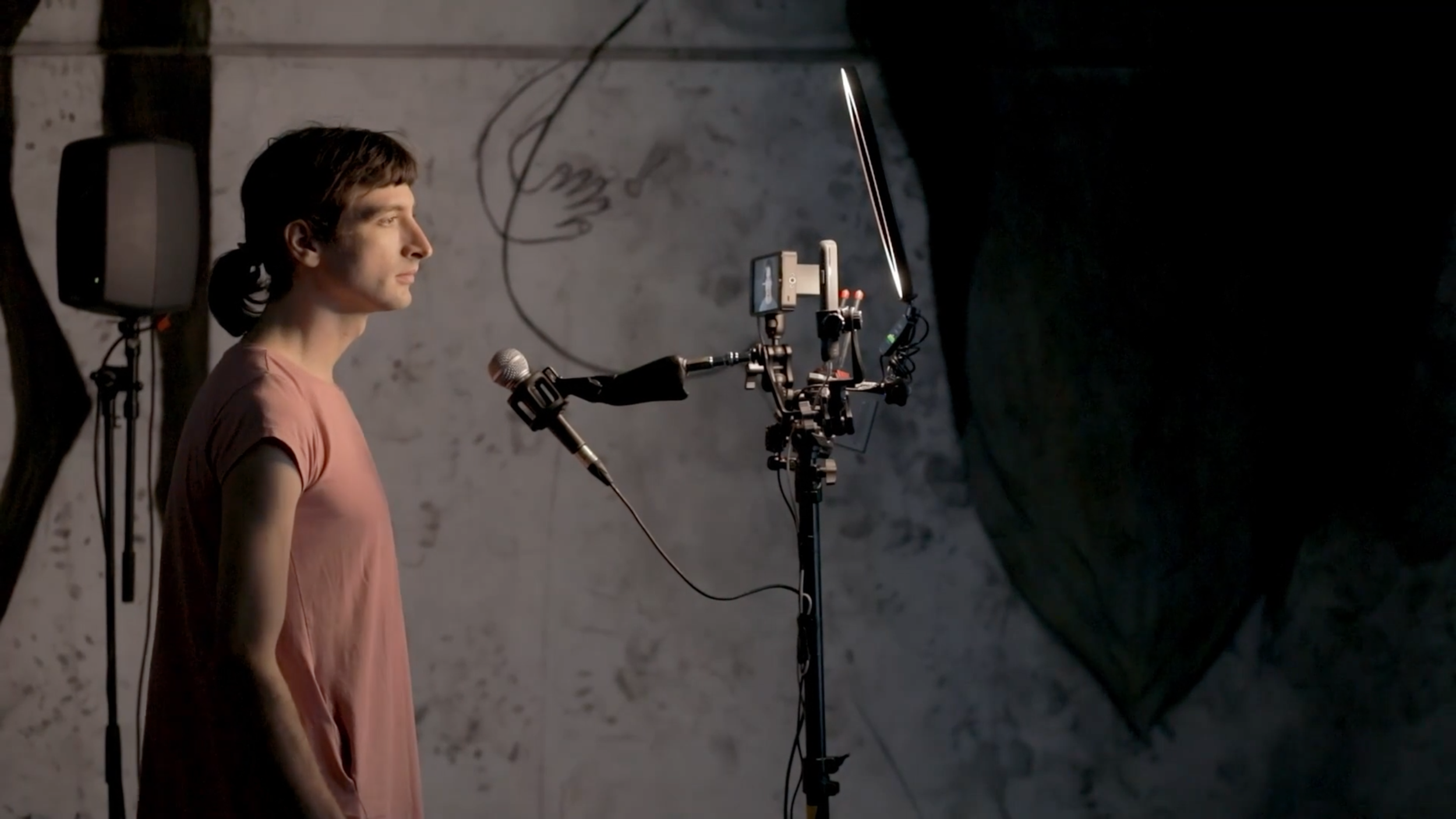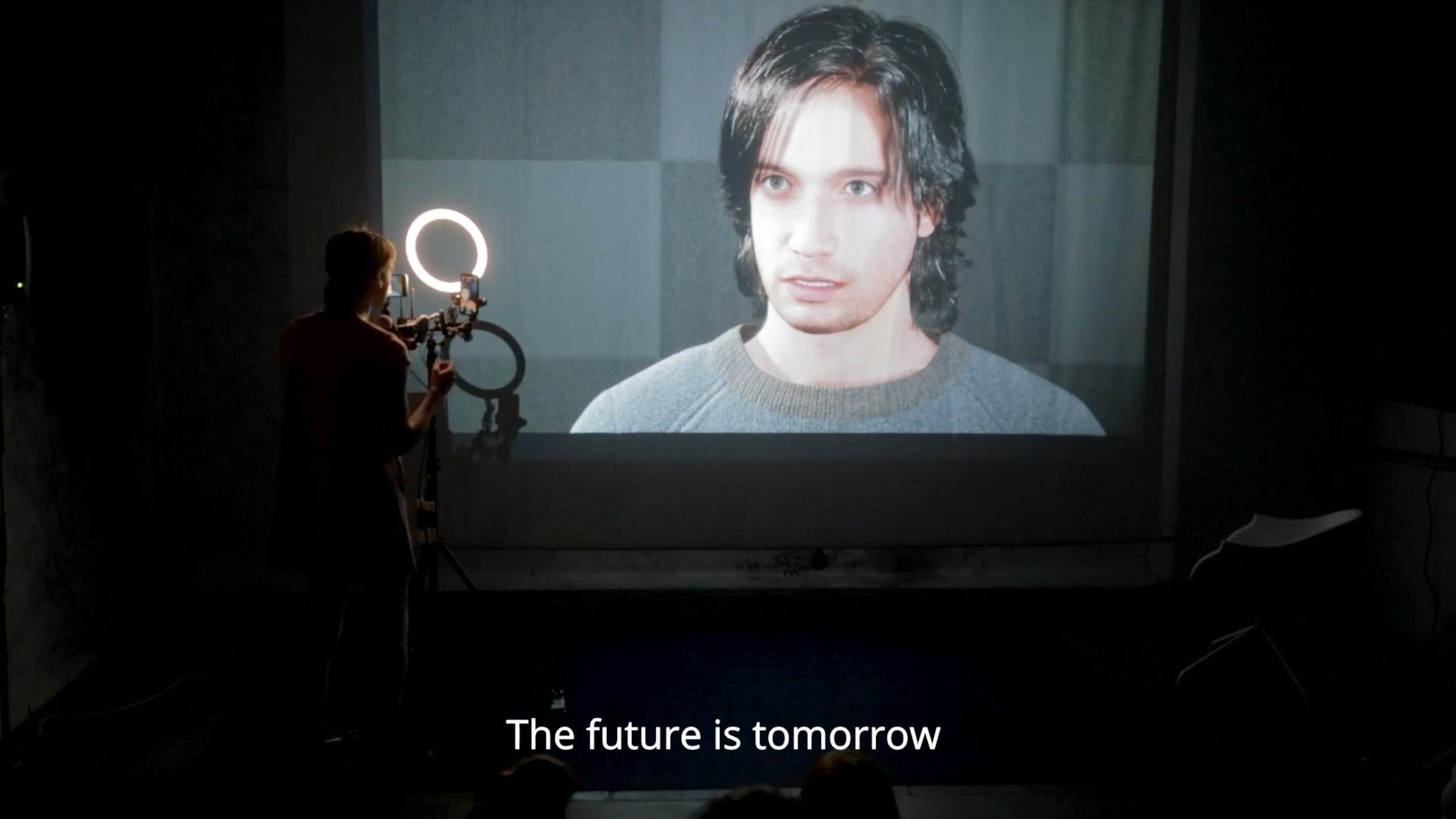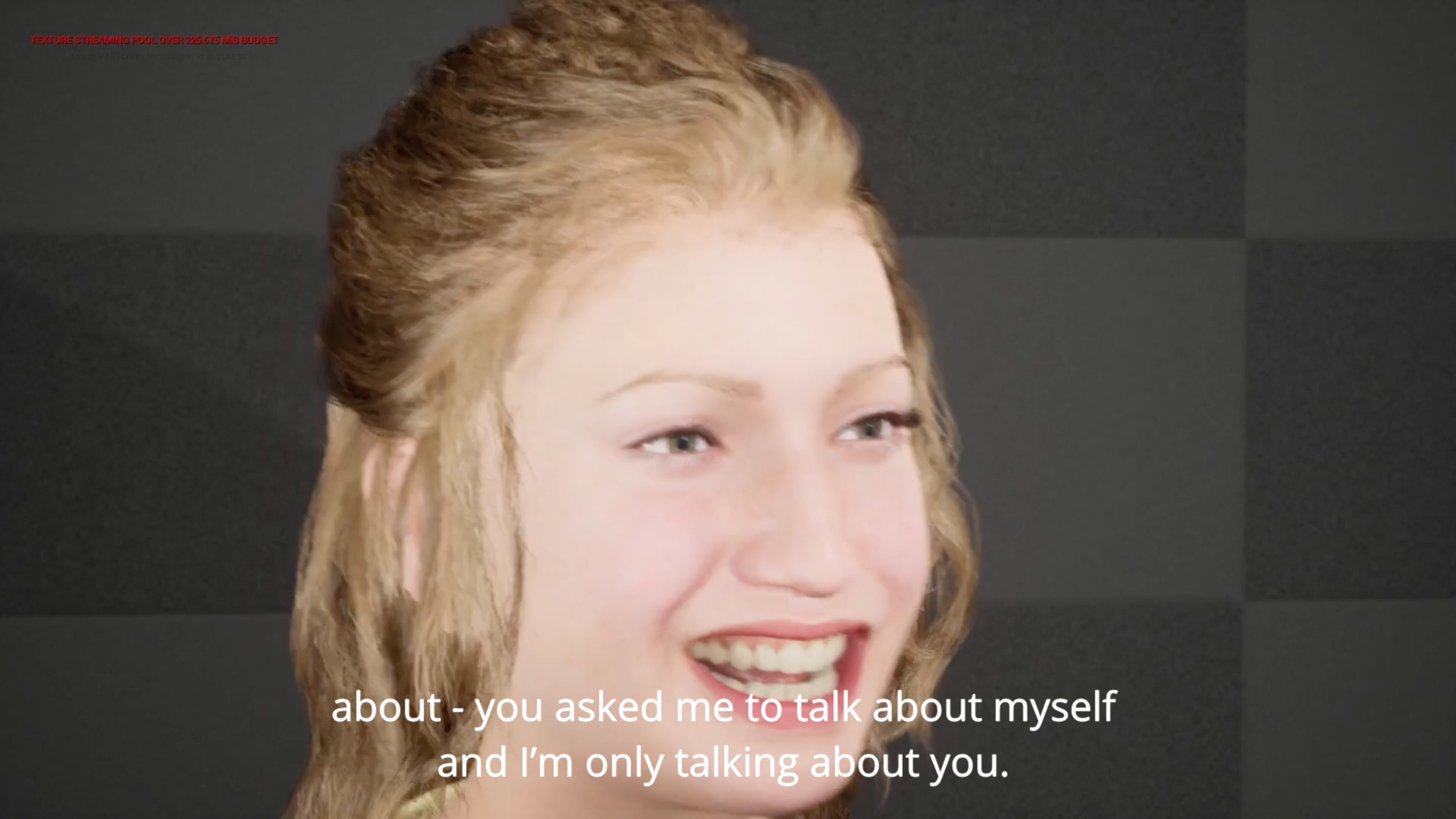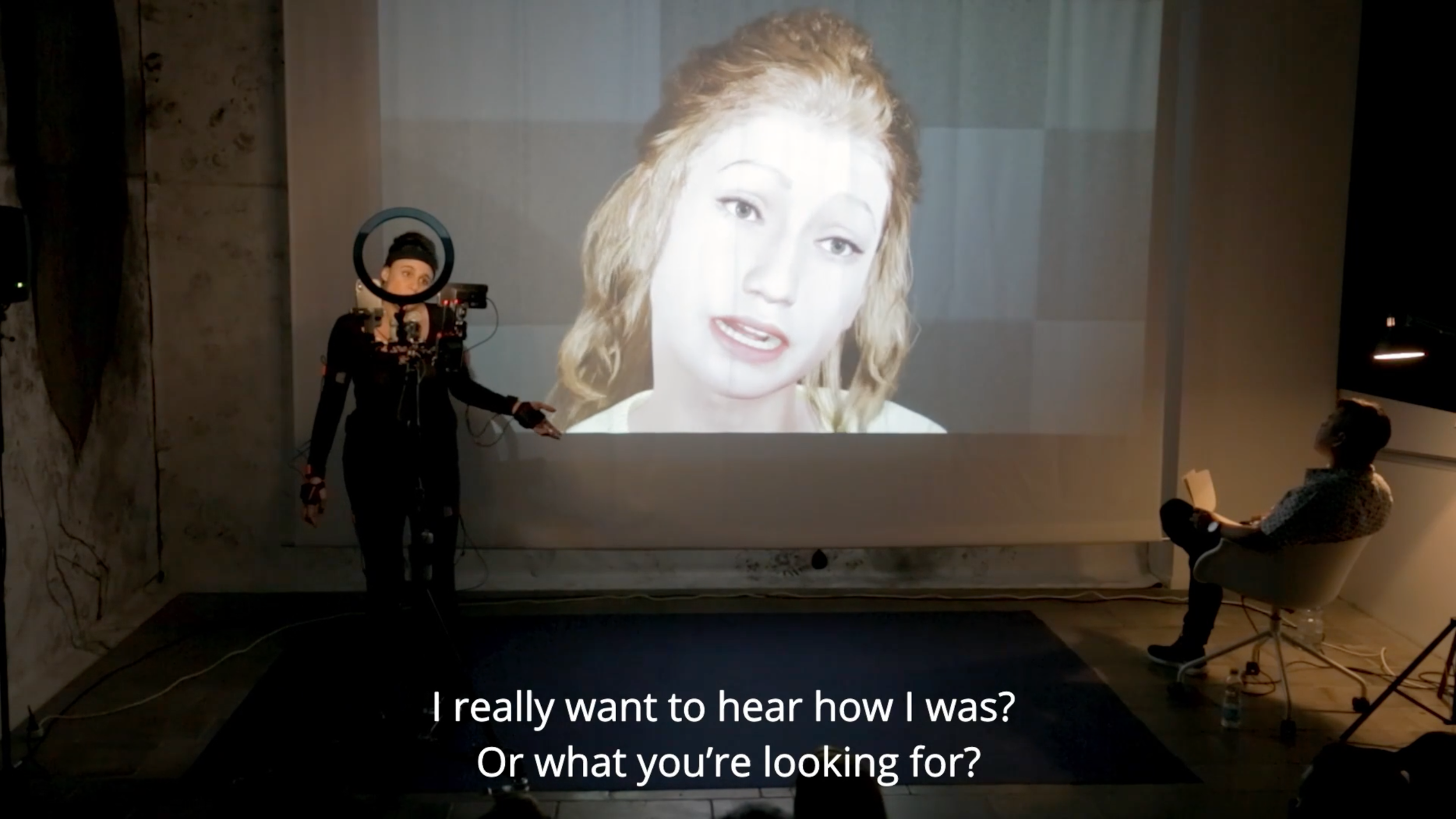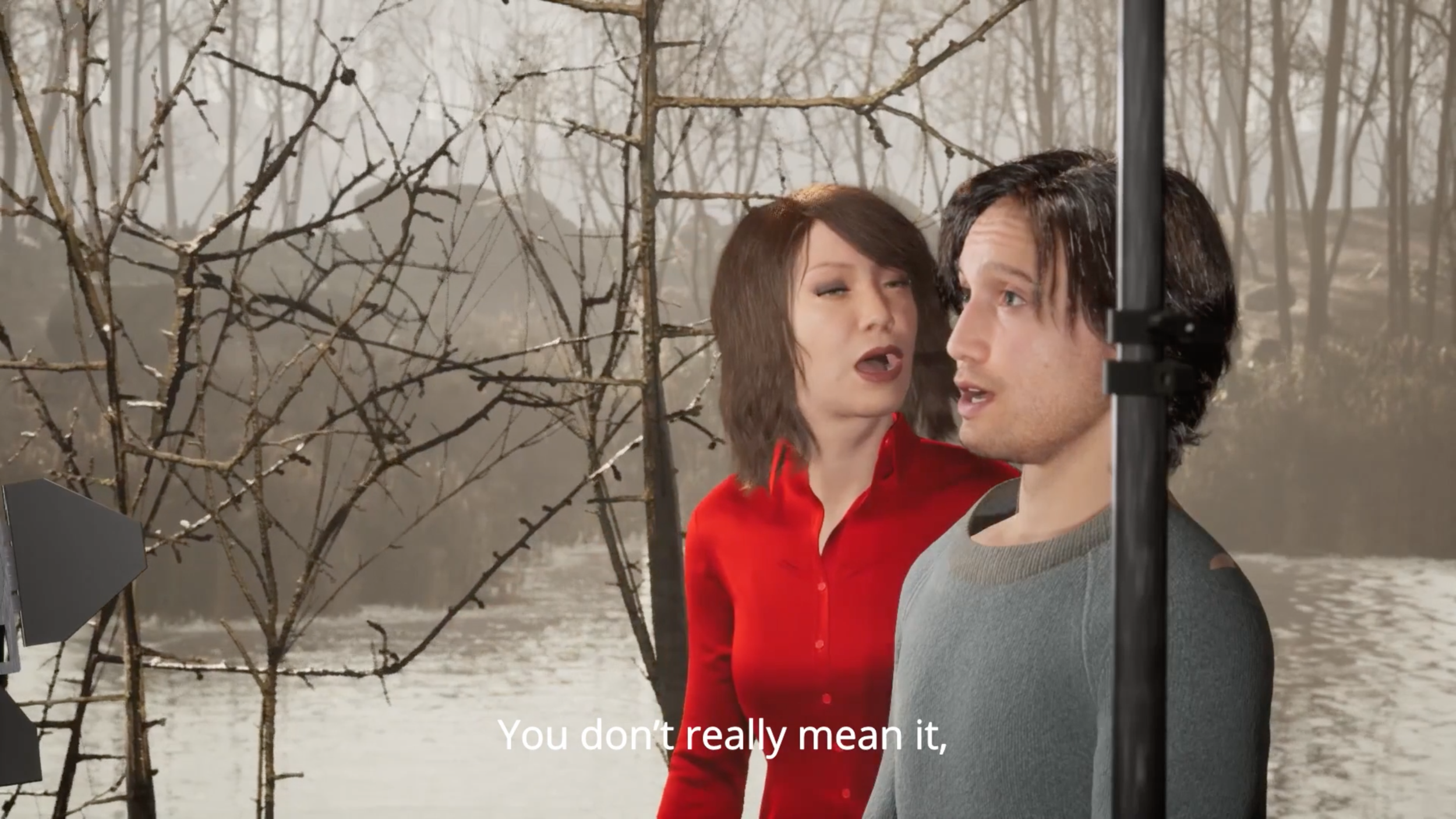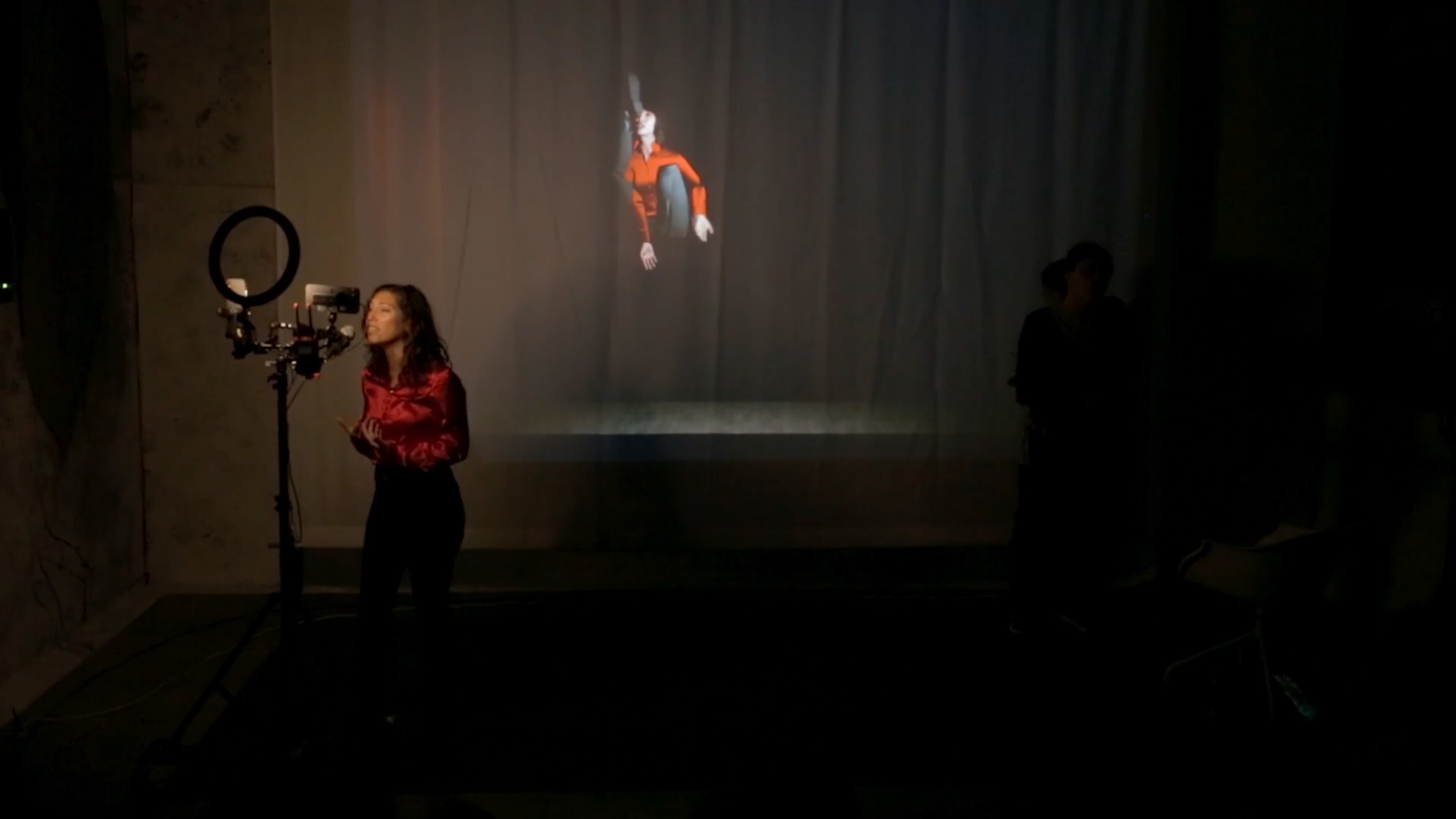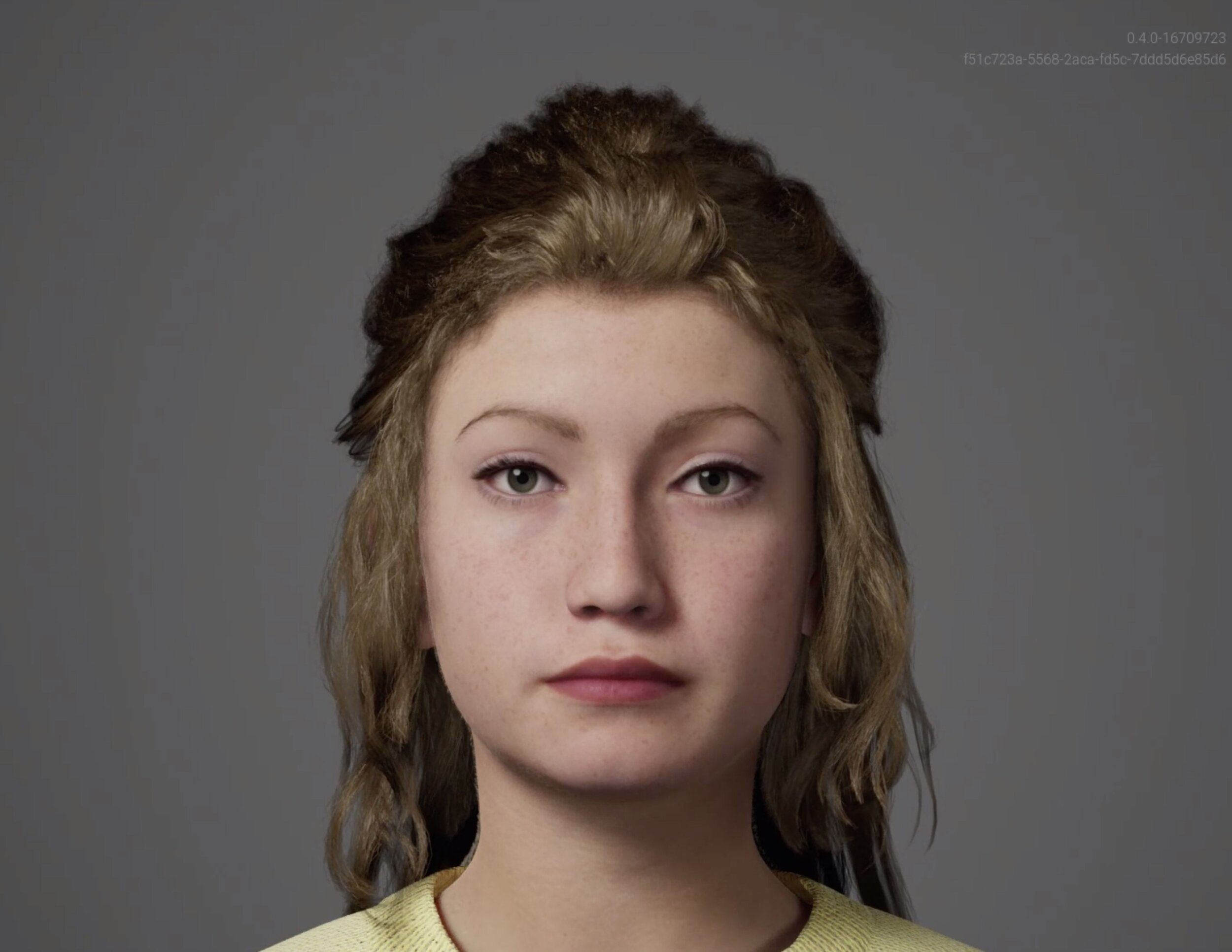Join us on Friday November 24 2023 at 6 PM at IULM University, in Milan, Italy for an exclusive artist talk by Alexandar Radan. This event marks the launch of VRAL IRL because time has come to touch grass.
VRAL IRL_ ALEKSANDAR RADAN
Room 613, floor -1, Building IULM 6
IULM University
Via Carlo Bo 2
20143 Milan
Italy
THE EVENT IS FREE AND OPEN TO THE PUBLIC: PLEASE RSVP
Aleksandar Radan, born in Offenbach am Main in 1988, completed his studies in art at the Hochschule für Gestaltung in Offenbach. His artistic focus lies in the realm of digital media, with particular emphasis on video games, which he appropriates, manipulates, and subverts. Central to Radan’s body of work are themes that explore the unpredictable ruptures within meticulously designed systems, the aesthetics of simulation, and the evolving role of the artist in the age of algorithms. His diverse artistic practice encompasses experimental film and video, installation art, and performance. Radan’s works have received recognition at prestigious venues, including the Clermont-Ferrand International Short Film Festival and the International Short Film Festival in Oberhausen.
Questo evento è primo appuntamento della serie VRAL IRL, perché è arrivato il momento di toccare l’erba.
L'EVENTO È GRATUITO E APERTO AL PUBBLICO PREVIA REGISTRAZIONE
VRAL IRL_ ALEKSANDAR RADAN
Aula 613, piano -1, IULM 6
Università IULM
Via Carlo Bo, 2
20143 Milano
Aleksandar Radan nato a Offenbach am Main nel 1988, ha completato gli studi artistici presso la Hochschule für Gestaltung di Offenbach. La sua pratica artistica si concentra sul regno dei media digitali, con particolare attenzione ai videogiochi, di cui si appropria, per manipolarli e sovvertirli. Radan esplora le imprevedibili rotture all’interno di sistemi meticolosamente progettati, glitch e crash, l’estetica della simulazione e il ruolo dell’artista nell'era degli algoritmi. Le sue opere comprendono film e video sperimentali, installazioni e performance. Le opere di Radan hanno ricevuto riconoscimenti in sedi prestigiose, tra cui il Festival internazionale del cortometraggio di Clermont-Ferrand e il Festival internazionale del cortometraggio di Oberhausen.




